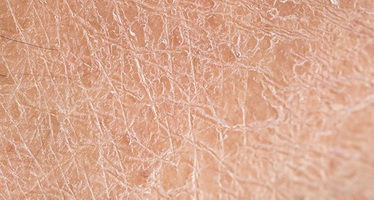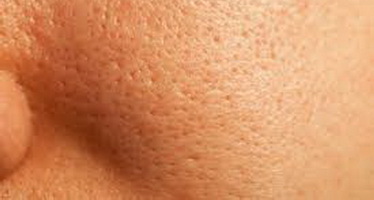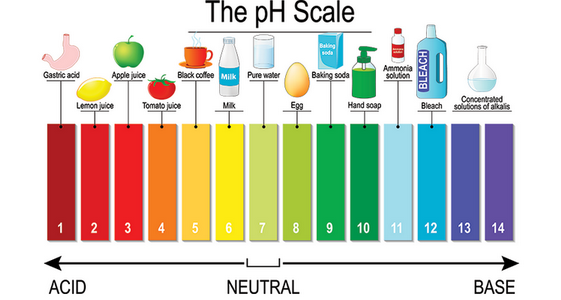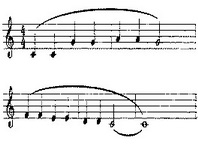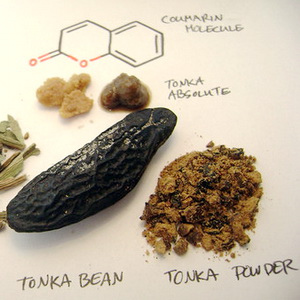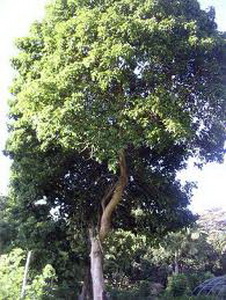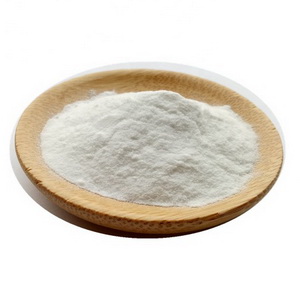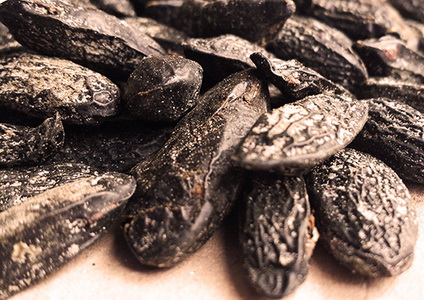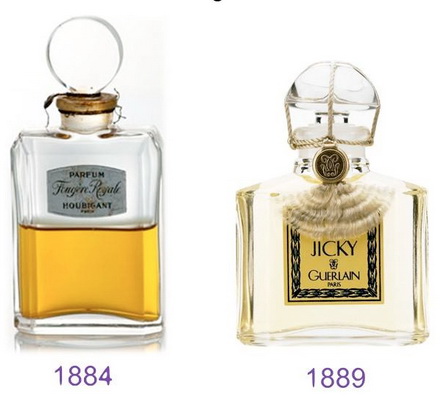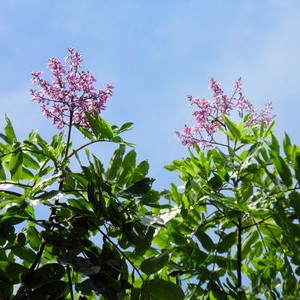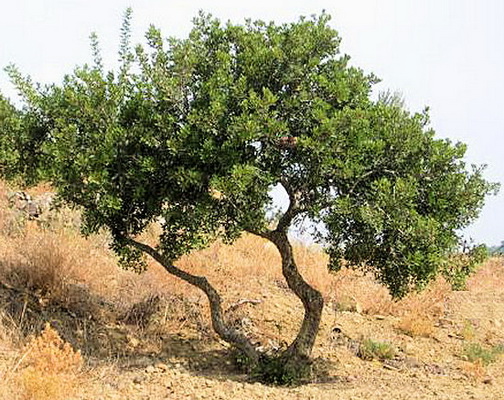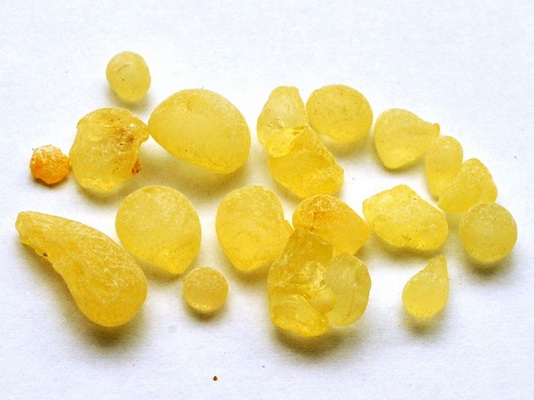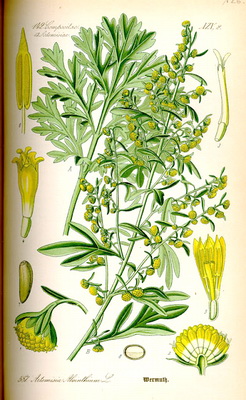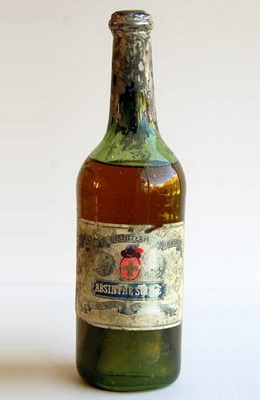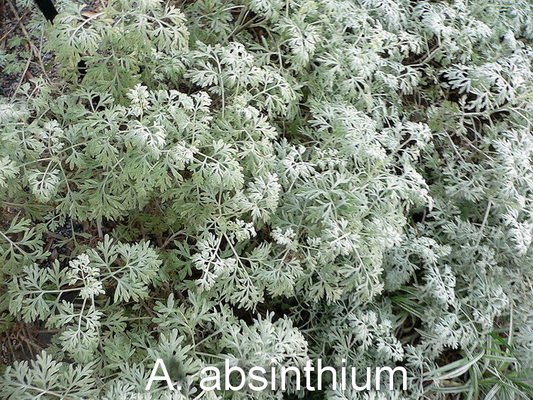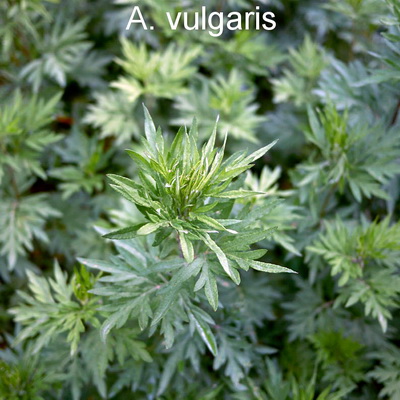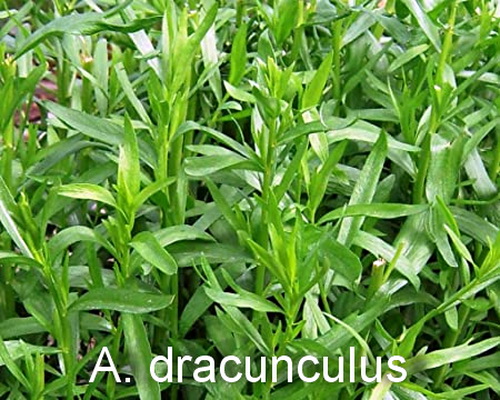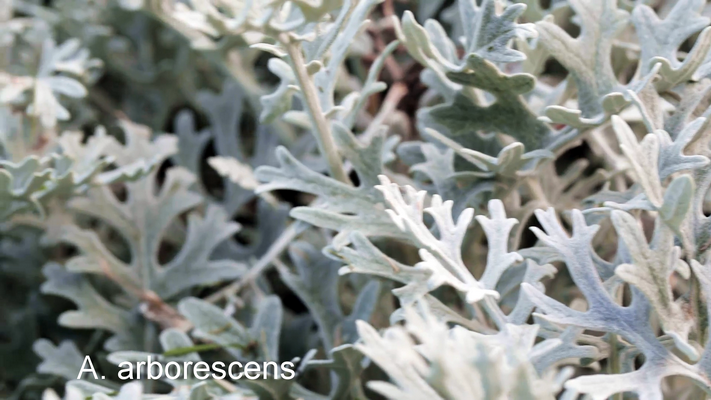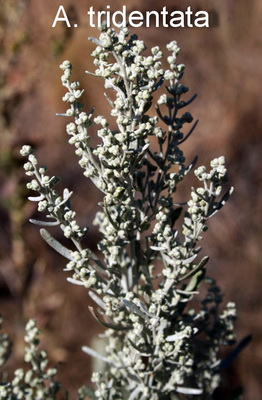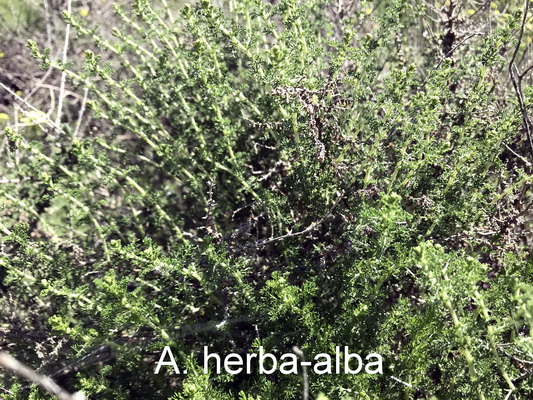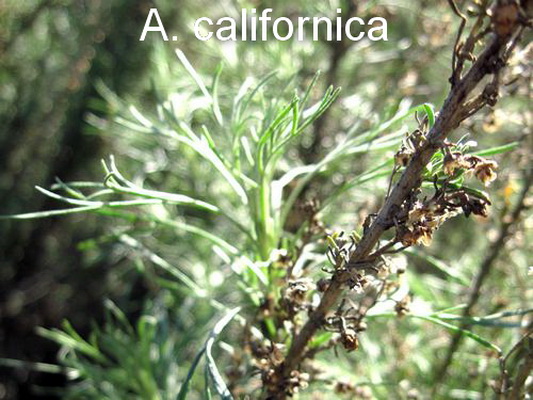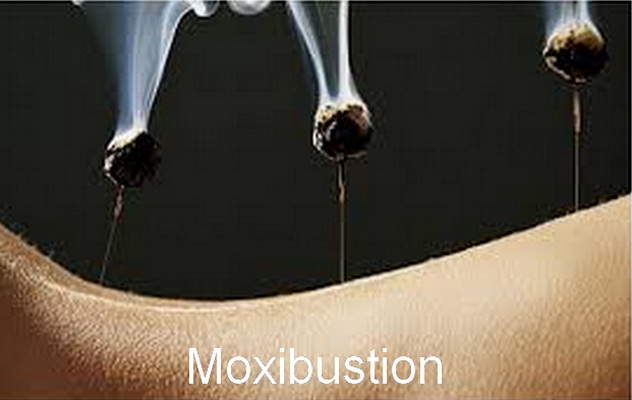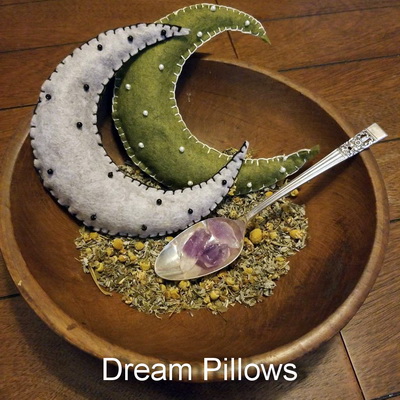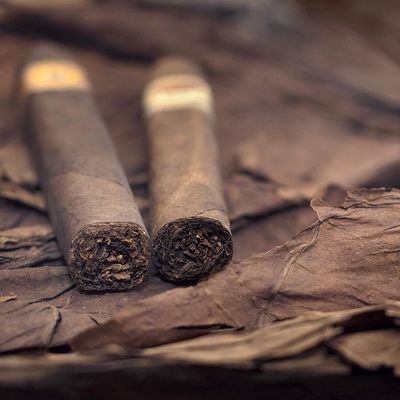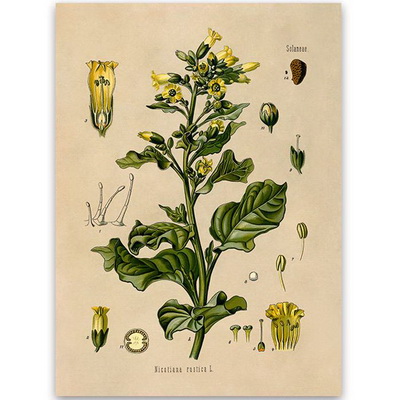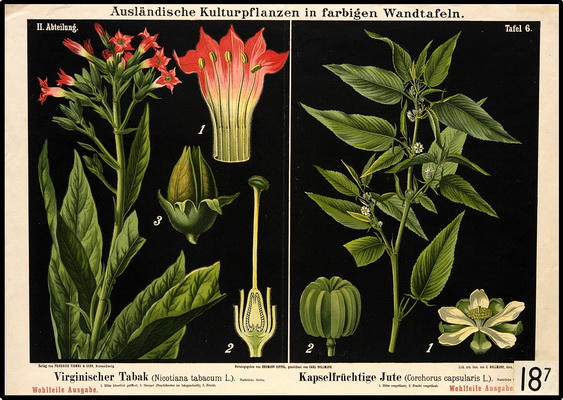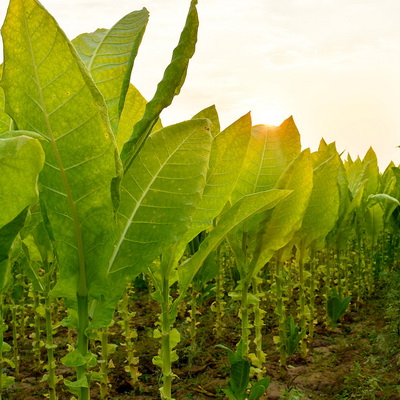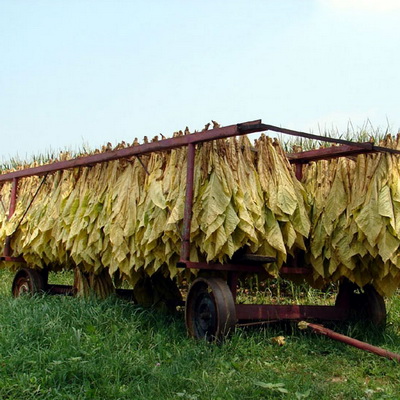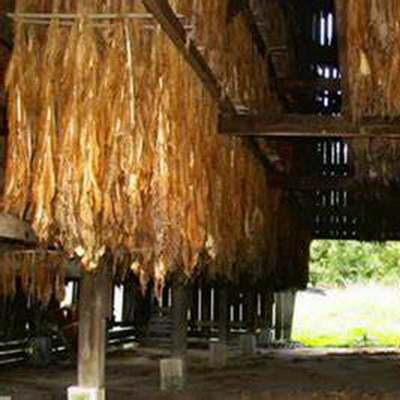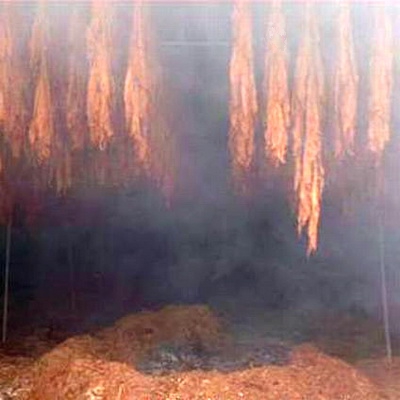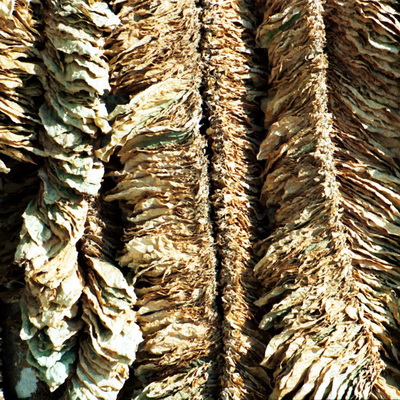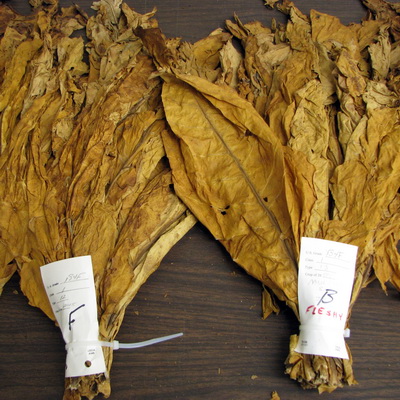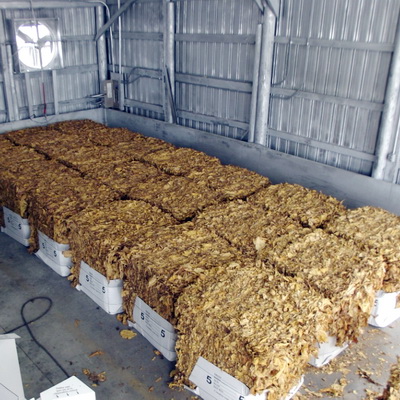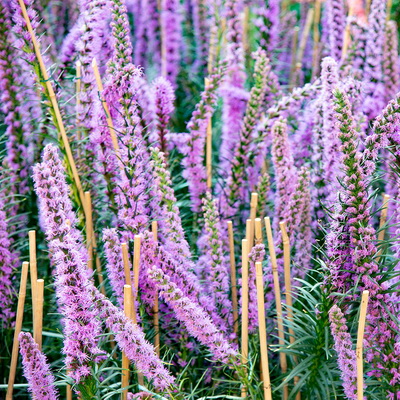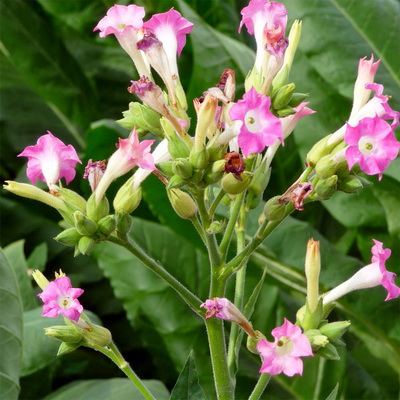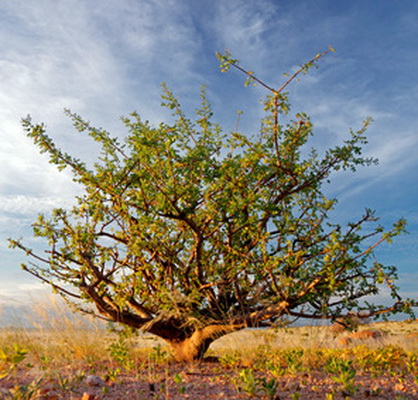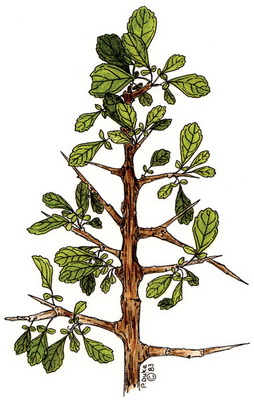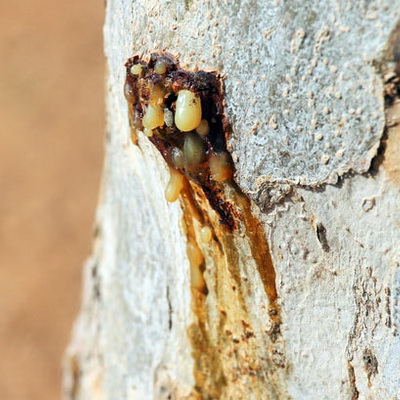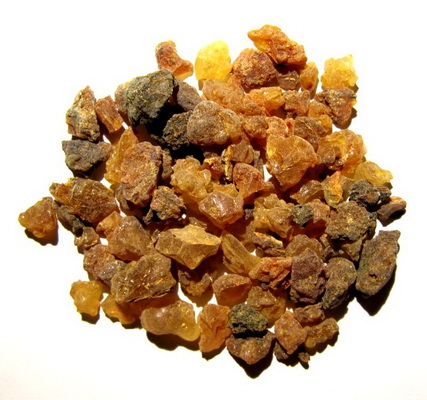churchilllafemme
TSC Yoda
The following is the first post in a series I started elsewhere in 2016 about fragrances in shaving products. I realize some of you have seen these already, but if there are some who haven't and are interested, I can post some of the succeeding ones from the past periodically.
I have become interested in the terms used in defining and describing fragrances of colognes, eau de toilettes, and aftershaves, and I thought I would do a little research and post now and then what I find out about some of the terms. I am by no means an expert or even very knowledgeable about any of this.
NB: I "borrow" freely from online websites for these posts. I do not claim to be creating all-original material.
Today, to start the process, I will briefly discuss sillage. Feel free to comment, including talking about your own personal experiences with various scents.
Sillage (pronounced as see-yawj) is a term for the scent trail left by a fragrance wearer, describing a scent's ability to emanate from the wearer and penetrate a surrounding area or room. In other words, it defines how close a fragrance stays to the skin. It is derived from the French word for "wake," as in the trail left on water by a moving boat. Sillage is most often used in discussing perfumes or colognes but can also be applied to aftershaves. It describes how much a scent diffuses around the wearer, and strong sillage means that a fragrance projects well. It has nothing to do with the complexity or richness of the fragrance composition, but rather with the diffusive character of its materials. And that character is influenced by factors such as weather, the temperature and humidity of the wearer's skin, the amount of alcohol in the fragrance, the weights of the various molecules (the lower the weight, the greater the diffusion), and the relative aroma perceptibility of the molecules (the minimum parts per million noticed by most human noses).
Minimal sillage fragrances are ones that stay close to the skin and create a more intimate scent aura, called a "skin scent." Generally, but definitely not always, scents with strong sillage tend to be complimented more highly by other people; but in some environments (offices, theaters, restaurants, etc.) it is wiser to keep the fragrance trail more understated and discreet. Strong sillage in a closed space can be overwhelming.
Sillage is often misunderstood. Many people associate strong sillage with hard-hitting, intrusive fragrances, but it actually is something entirely different. "Sillage is the projection or the bloom of a fragrance," says Sophie Labbe, an expert behind scents from Calvin Klein, Bulgari and Givenchy. "It is different from the intensity or power of a scent; sillage is more of an aura. You feel it, but you aren't overwhelmed by it." Sometimes referred to as "lift," sillage represents the lingering magical quality that is detected after someone has passed by. And while affected by some of the same factors, sillage is not the same thing as longevity or how long a scent persists after application.
While scent strength influences sillage, a higher total concentration of scent does not necessarily imply a more potent sillage. So a perfume, for example, will not always have a stronger sillage than a cologne or eau de toilette or even an aftershave.
The overall character of a scent with relatively strong or weak sillage can be light or dark, floral, fruity, woody, sweet, or spicy. It is possible for its projection to come primarily from the dry-down, which is where heavy base notes such as patchouli, vanilla, or amber are typically found, but it more often is due to the top or heart notes (especially the fruits, herbs, and florals), which tend to be smaller, lighter molecules that diffuse more easily. Sillage is the result of evaporation rate, influenced by the chemical natures and interactions of the ingredients, which in turn can be manipulated by scent experts. A commonly used ratio of top-heart-base notes is 60-25-15, but when greater projection and sillage is desired, it sometimes is changed to 70-20-10 to emphasize the top notes. And of course the amount of the fragrance that is applied is a big factor in sillage as well as other scent qualities.
Fragrance wearers sometimes arbitrarily and generally define low or weak sillage as less than arm's length projection, often representing "quieter" scents. Moderate sillage is that of a scent you are wearing that you and those near you can smell, and strong sillage is that of a fragrance that lingers appreciably behind you as you walk away. But a fragrance can also smell different depending upon where one stands in the sillage, with sometimes dramatic character changes with increasing distance.
A question sometimes asked is whether or not you can detect the sillage strength of a particular fragrance on yourself. One test that has been suggested is the following: spray the back of your hand once with the fragrance. Immediately leave the place where you sprayed (e.g. move to another room), trying to avoid smelling the scent as much as possible while you leave the area. Then stand with your hand down at your side; if you can smell the fragrance, the sillage is strong. If not, bring your hand just a few inches toward your face; if you can smell it, then the sillage is moderate. Keep moving your hand slowly closer to your nose until you can smell the fragrance. If you must have your hand close to your nose to detect the smell, then it is a weak or skin scent sillage. However, clearly the best approach is to consult with someone else, using a full strength application of the fragrance as you normally would wear it and waiting 15-30 minutes before the consultation.
I have become interested in the terms used in defining and describing fragrances of colognes, eau de toilettes, and aftershaves, and I thought I would do a little research and post now and then what I find out about some of the terms. I am by no means an expert or even very knowledgeable about any of this.
NB: I "borrow" freely from online websites for these posts. I do not claim to be creating all-original material.
Today, to start the process, I will briefly discuss sillage. Feel free to comment, including talking about your own personal experiences with various scents.
Sillage (pronounced as see-yawj) is a term for the scent trail left by a fragrance wearer, describing a scent's ability to emanate from the wearer and penetrate a surrounding area or room. In other words, it defines how close a fragrance stays to the skin. It is derived from the French word for "wake," as in the trail left on water by a moving boat. Sillage is most often used in discussing perfumes or colognes but can also be applied to aftershaves. It describes how much a scent diffuses around the wearer, and strong sillage means that a fragrance projects well. It has nothing to do with the complexity or richness of the fragrance composition, but rather with the diffusive character of its materials. And that character is influenced by factors such as weather, the temperature and humidity of the wearer's skin, the amount of alcohol in the fragrance, the weights of the various molecules (the lower the weight, the greater the diffusion), and the relative aroma perceptibility of the molecules (the minimum parts per million noticed by most human noses).
Minimal sillage fragrances are ones that stay close to the skin and create a more intimate scent aura, called a "skin scent." Generally, but definitely not always, scents with strong sillage tend to be complimented more highly by other people; but in some environments (offices, theaters, restaurants, etc.) it is wiser to keep the fragrance trail more understated and discreet. Strong sillage in a closed space can be overwhelming.
Sillage is often misunderstood. Many people associate strong sillage with hard-hitting, intrusive fragrances, but it actually is something entirely different. "Sillage is the projection or the bloom of a fragrance," says Sophie Labbe, an expert behind scents from Calvin Klein, Bulgari and Givenchy. "It is different from the intensity or power of a scent; sillage is more of an aura. You feel it, but you aren't overwhelmed by it." Sometimes referred to as "lift," sillage represents the lingering magical quality that is detected after someone has passed by. And while affected by some of the same factors, sillage is not the same thing as longevity or how long a scent persists after application.
While scent strength influences sillage, a higher total concentration of scent does not necessarily imply a more potent sillage. So a perfume, for example, will not always have a stronger sillage than a cologne or eau de toilette or even an aftershave.
The overall character of a scent with relatively strong or weak sillage can be light or dark, floral, fruity, woody, sweet, or spicy. It is possible for its projection to come primarily from the dry-down, which is where heavy base notes such as patchouli, vanilla, or amber are typically found, but it more often is due to the top or heart notes (especially the fruits, herbs, and florals), which tend to be smaller, lighter molecules that diffuse more easily. Sillage is the result of evaporation rate, influenced by the chemical natures and interactions of the ingredients, which in turn can be manipulated by scent experts. A commonly used ratio of top-heart-base notes is 60-25-15, but when greater projection and sillage is desired, it sometimes is changed to 70-20-10 to emphasize the top notes. And of course the amount of the fragrance that is applied is a big factor in sillage as well as other scent qualities.
Fragrance wearers sometimes arbitrarily and generally define low or weak sillage as less than arm's length projection, often representing "quieter" scents. Moderate sillage is that of a scent you are wearing that you and those near you can smell, and strong sillage is that of a fragrance that lingers appreciably behind you as you walk away. But a fragrance can also smell different depending upon where one stands in the sillage, with sometimes dramatic character changes with increasing distance.
A question sometimes asked is whether or not you can detect the sillage strength of a particular fragrance on yourself. One test that has been suggested is the following: spray the back of your hand once with the fragrance. Immediately leave the place where you sprayed (e.g. move to another room), trying to avoid smelling the scent as much as possible while you leave the area. Then stand with your hand down at your side; if you can smell the fragrance, the sillage is strong. If not, bring your hand just a few inches toward your face; if you can smell it, then the sillage is moderate. Keep moving your hand slowly closer to your nose until you can smell the fragrance. If you must have your hand close to your nose to detect the smell, then it is a weak or skin scent sillage. However, clearly the best approach is to consult with someone else, using a full strength application of the fragrance as you normally would wear it and waiting 15-30 minutes before the consultation.

